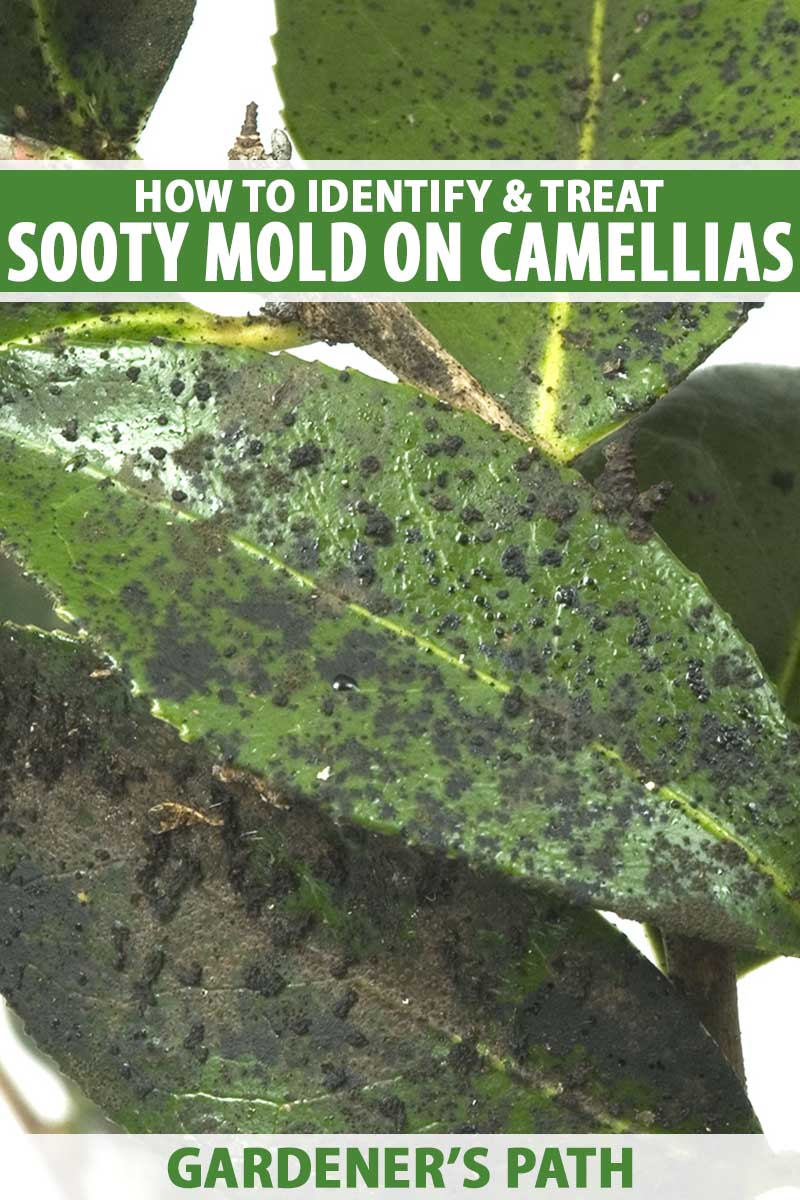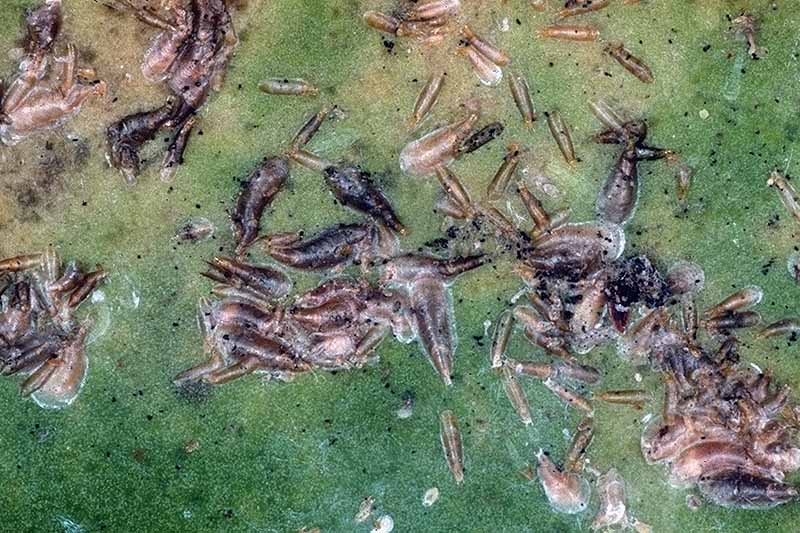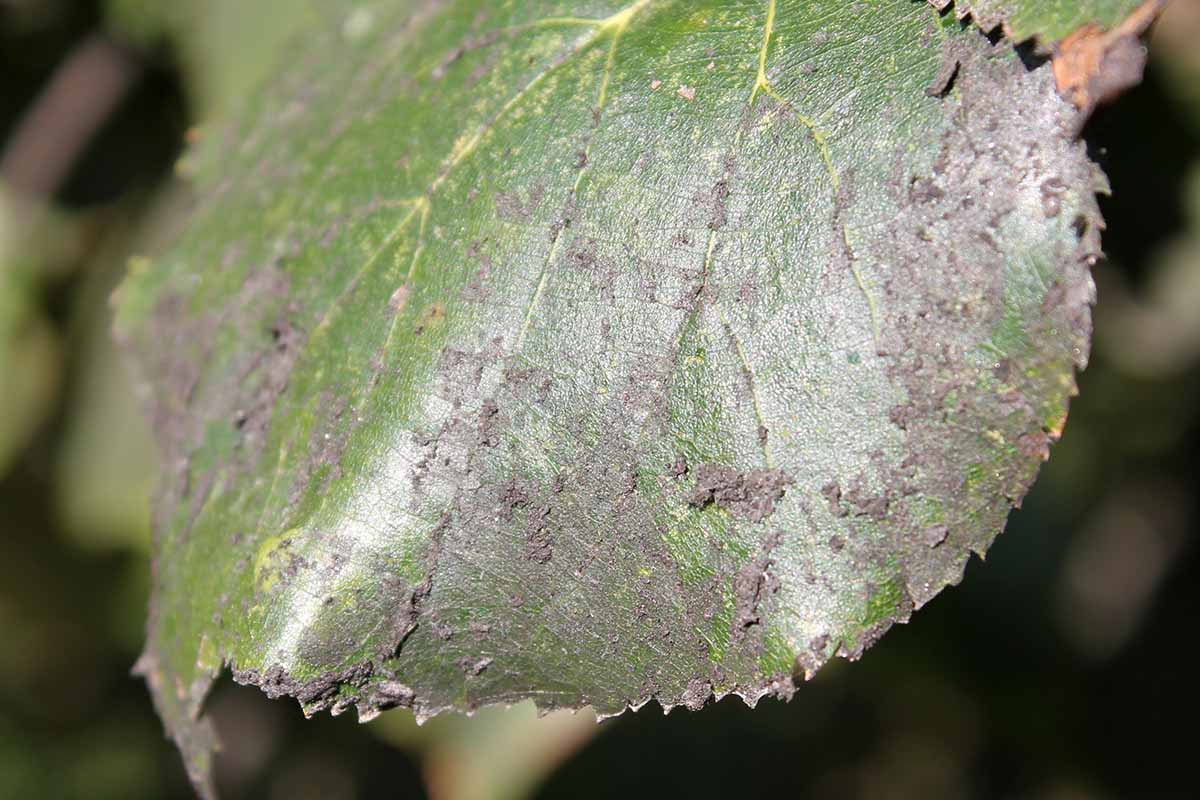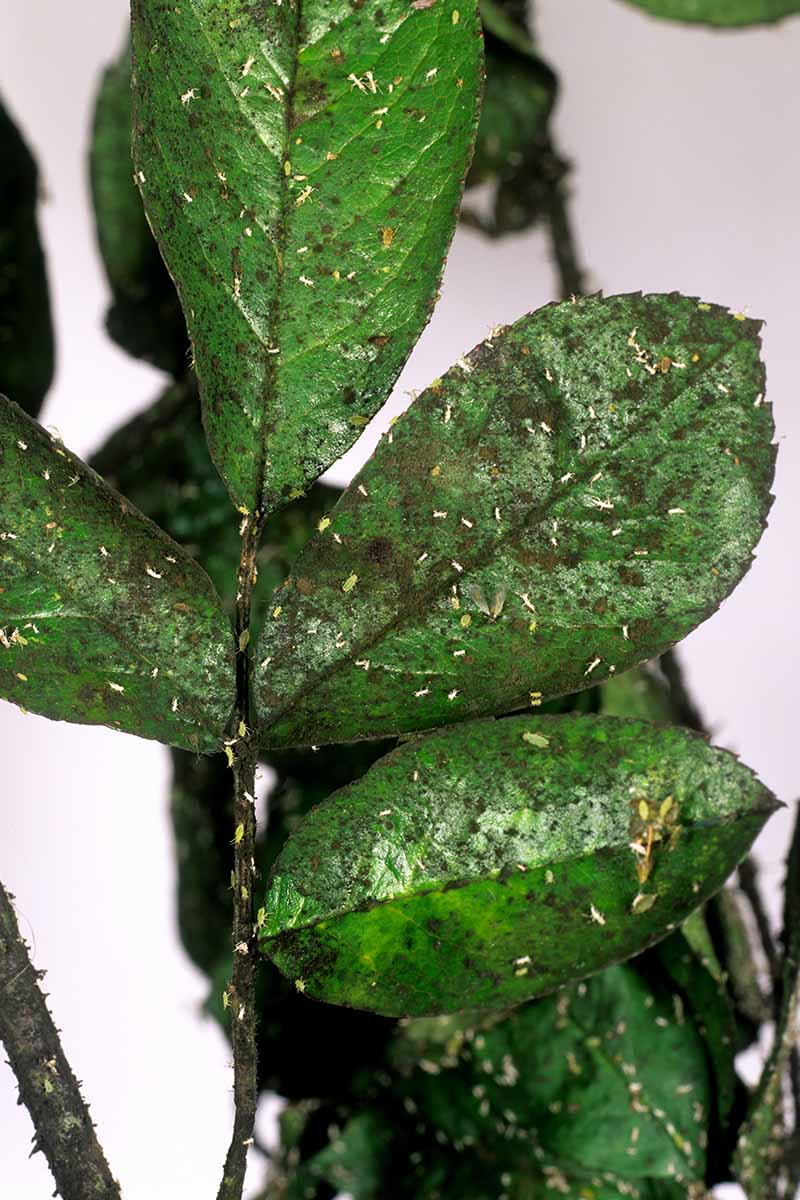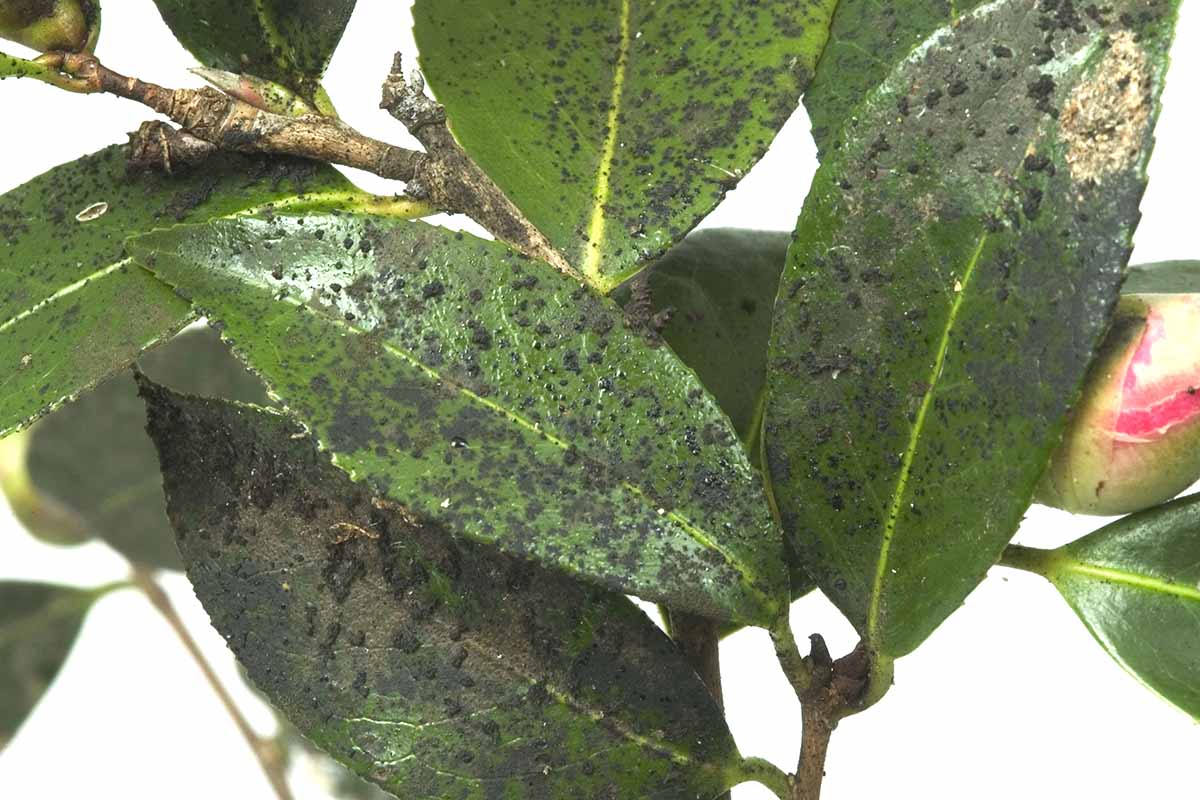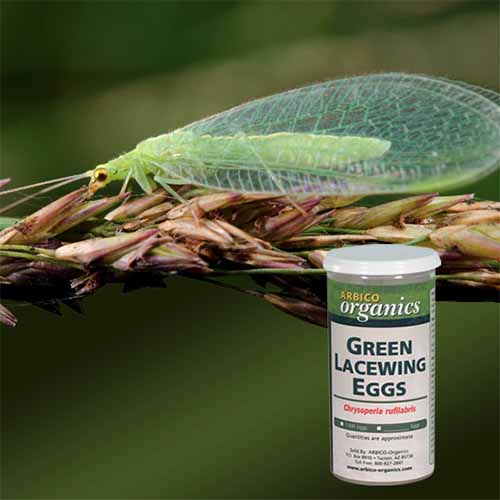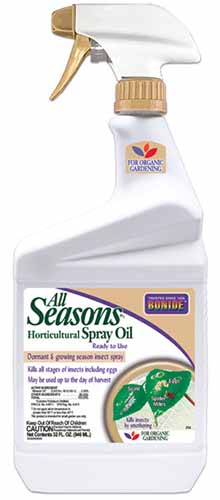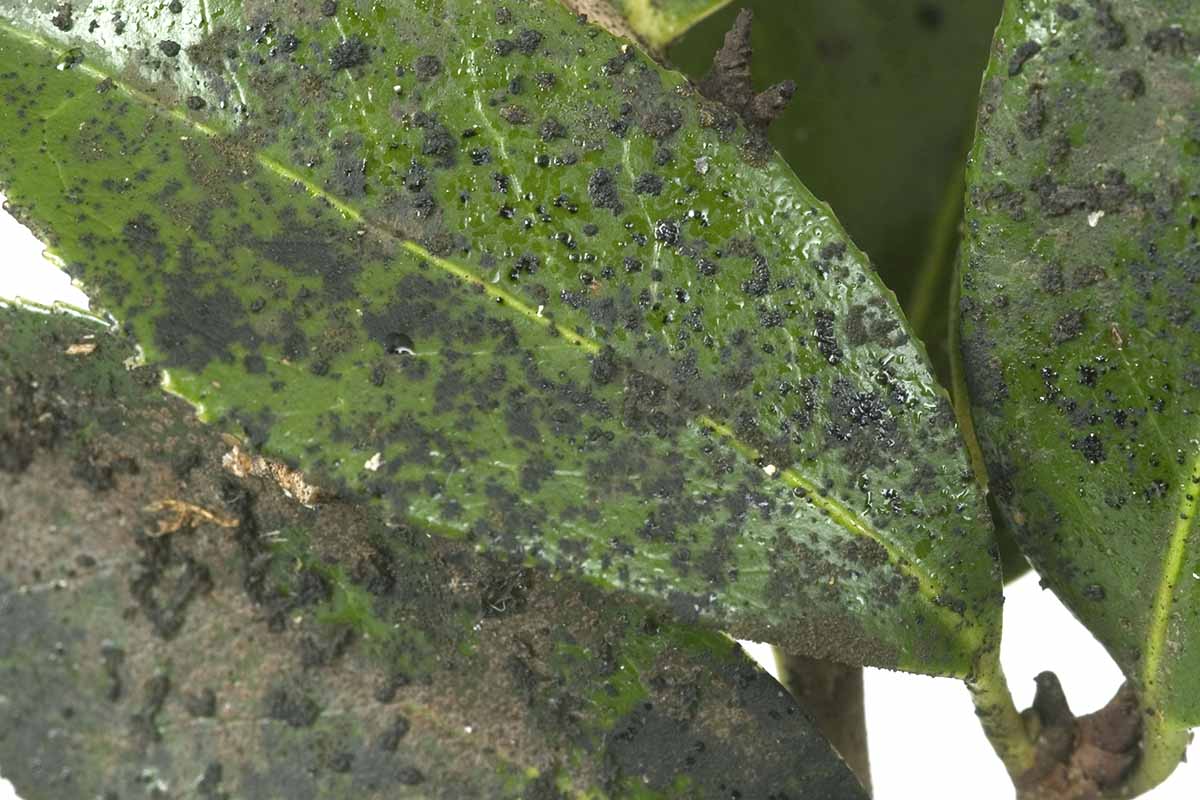The leaves of your shrub are totally black, as if a massive fire or some sort of demon from Hades made its way through the garden and coated your plant in soot. We link to vendors to help you find relevant products. If you buy from one of our links, we may earn a commission. Before you run out of your yard screaming for a botanical exorcist, take a deep breath. Black mold isn’t all that terrible. It looks bad, but it usually won’t kill your plant. That doesn’t mean you can ignore it, though. It’s usually a sign that there’s something else going on. When it comes to figuring out the cause and how to get rid of it, there are steps you can take in your garden at home. Here’s what we’re going to go over in this guide: This disease is like a big black flag from your camellias telling you there’s a problem that needs addressing. It’s not usually the end of the world! Feeling ready to take on this terrible-looking foe? Then off we go.
What Causes Sooty Mold?
Sooty mold is common on camellias. The black, ash-like coating is the result of fungi in the Antennariella, Aureobasidium, Capnodium, Fumago, Fumiglobus, Limacinula, or Scorias genera colonizing the leaves. The good news is that these fungi aren’t after your plants. They want the sweet honeydew sugar that is coating the leaves and stems of your camellias. What’s that, you say? Whiteflies (in the Aleyrodidae superfamily), aphids (Aphidoidea superfamily), soft brown scale (Lecanium spp.), cushion scale (Icerya purchasi), and camellia scale (Lepidosaphes camelliae) are common pests that all suck on the stems and leaves of camellias to feed. As they do, they take in more sugar than they can use, so they excrete the excess. That’s the sticky, honey-like substance that coats plants wherever these insects roam. Whenever honeydew is present, sooty mold may follow.
Does Sooty Mold Hurt Camellias?
Nope. And also, yep. Got it? Unlike some other pathogens, those that cause black mold don’t infect camellias directly, and the issue is mostly cosmetic. The fungi are feeding on the honeydew rather than your plants. But they can hurt plants indirectly. That’s because the fungal spores prevent respiration and photosynthesis. To put it simply, the covered leaves can’t breathe very well or produce nutrients. If enough leaves are largely covered, especially if they’re entirely coated, it can really do a number on the plant. The result is wilting, stunted growth, and dropped leaves. Theoretically, this could kill a plant, but fortunately that’s ridiculously rare. Most of the time, it just slightly reduces growth or blooming, if it causes any damage at all.
Symptoms of Black Mold
The foliage on an affected plant might be covered in small splotches or dots of mold that look a bit like black or brown ash. Or entire leaves may be coated, sometimes in a thick layer that usually only covers the upper leaf surface, not the lower surface. The spores don’t just stick to ornamental plants, either. If there’s honeydew on the grass below or on the wall of your house, there might be fungal spores there, too. Sometimes the fungi will peel or flake away from a leaf, leaving the green stuff underneath exposed. And sometimes, if you look really closely, you’ll see cast off aphid skins.
How to Get Rid of Sooty Mold
The good news is that these fungi aren’t after your plants. They want the sweet honeydew that is coating the leaves and stems of your camellias. Get rid of the pests excreting the honeydew and you’ll also be rid of the mold that it attracts. To start, you can simply wipe the mold away with a wet towel. Occasionally, if the mold has been on there for a long time, it won’t wipe away. At that point, you’ll have to soak the plant in a mixture of one tablespoon of liquid dish soap per gallon of water. I find Dawn dish soap works best. Then, you can wash the plants once a week with a strong stream of water to remove any honeydew while you take the steps required to get rid of those annoying pests that are causing the honeydew problem in the first place. But remember, the mold and honeydew will just come back if you don’t address the cause. To do that, you need to figure out if it’s aphids, scale, or whiteflies that are feeding on your plant. If it seems to be just the lower leaves that are covered in mold but not the upper leaves, it’s likely a cottony camellia scale infestation. These insects feed on the undersides of the lower leaves and the sap they make drips down onto the leaves below. Cottony and cushion scale are little flat, brown insects covered in a cottony, waxy, white coating that protects them from predators. Soft brown scale look similar, only they don’t have a white waxy coating. You might mistake these pests for a symptom of disease since they can look like a cluster of bumps or almost like a white fungal issue. But if you try scraping them away with a butter knife, they’ll come off. For more tips on identification and how to control these pests, read our guide. Aphids, on the other hand, are yellow, green, brown, or white insects that cluster on the leaves and stems. If you go out and give your plant a once-over from up close, they’re pretty easy to spot once you know to look for them, especially when they cluster together in large groups. Whiteflies will pop up in masses of white clouds when you walk by or disturb your camellia, so it’s easy to tell when they’re around. You’ll need to actually wipe the scale insects themselves with a bit of rubbing alcohol to get rid of them, so it’s not a good method of control for scale unless you have a lot of time on your hands or the infestation is minor. Ladybugs and green lacewings devour scale, aphids, and whiteflies, and since you probably don’t have a ton of these beneficial insects in your garden right now – or you wouldn’t have such a heavy pest infestation – you can buy them and introduce them to your outdoor space. Green Lacewing Eggs Lacewing eggs in various quantities are available at Arbico Organics. Horticultural oil is also an effective control option. Coat the tops and bottoms of the leaves, as well as the stems, with a horticultural oil spray. Bonide Horticultural Oil One from Bonide is available at Arbico Organics in quart-size ready-to-spray bottles, or concentrate is several different quantities. Spray every week or two as long as the insects are present.
Exorcize Sooty Mold from Your Camellias
Of all the fungal diseases you might encounter on your camellias, sooty mold is probably the least worrisome. Sure, it means you have an insect situation, but it’s rarely such a problem that you’ll have to kiss your beautiful bushes goodbye. So take heart – if you eliminate those pests you’ll eliminate the problem, and you can go back to enjoying your blossoms. Once you know what to look for with sooty mold, it’s pretty easy to spot, and then you can act quickly to keep it from spreading further. What kind of pest was causing your issue? And which method helped you get rid of the infestation? Let us know in the comments so we can share your tips with others gardeners struggling with this common plant disease. Looking for more information to help you on your camellia-growing journey? We have lots of other guides that you might find helpful, starting with these:
Why Are There Ants On My Camellia Flowers?Holes in Camellia Leaves: What’s Causing It and How to Fix ItHow to Identify and Deal with Leaf Gall on Camellias
